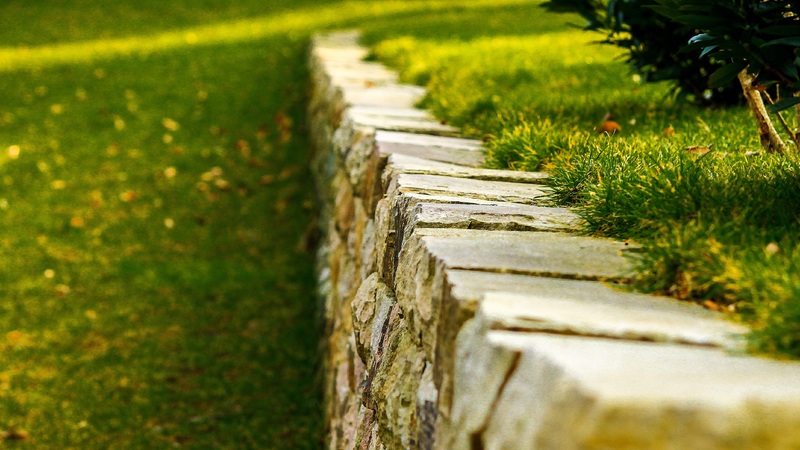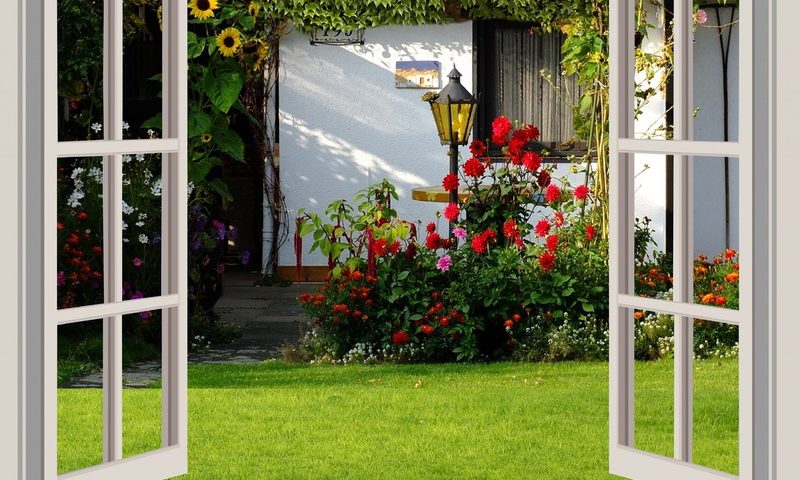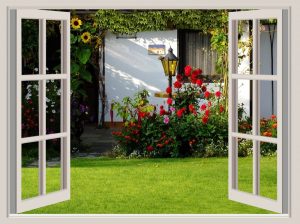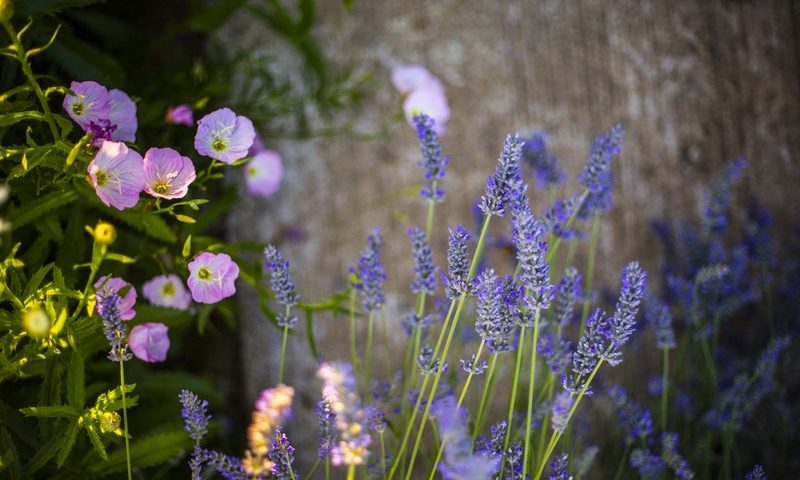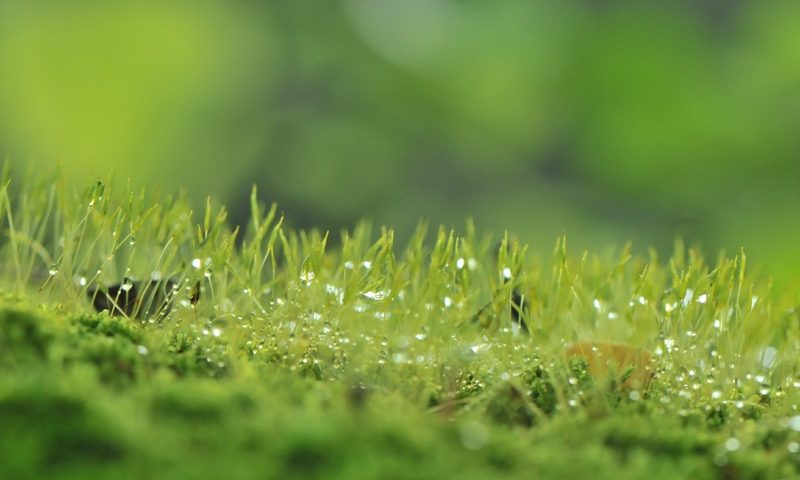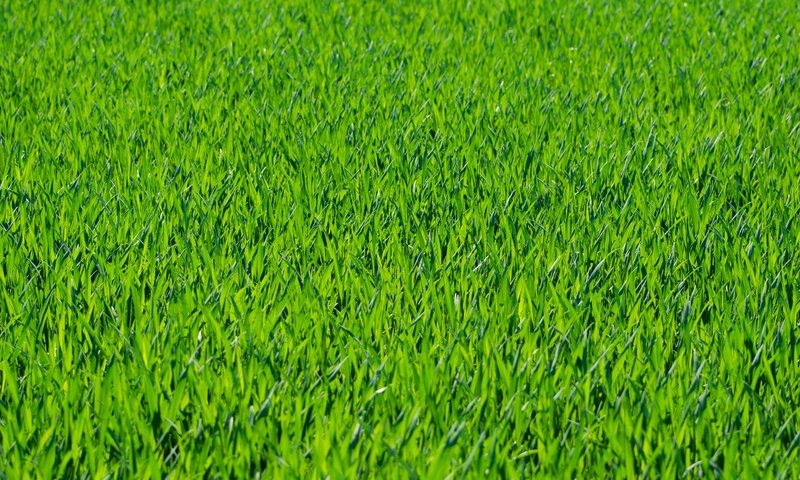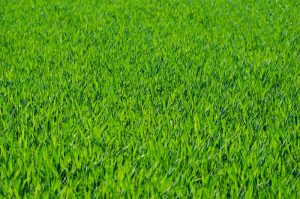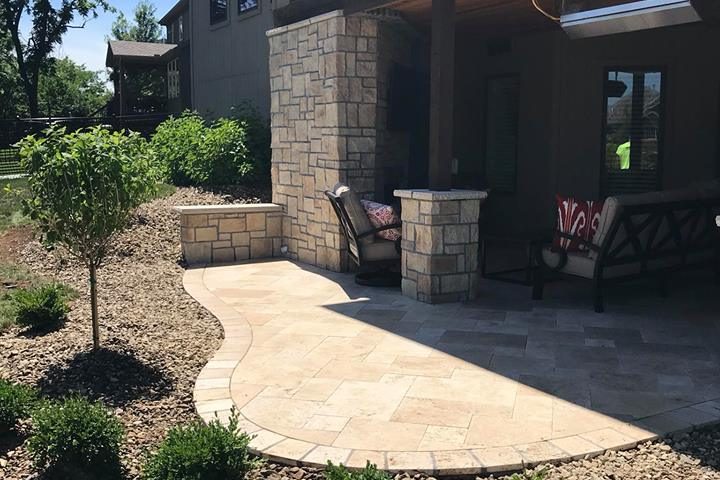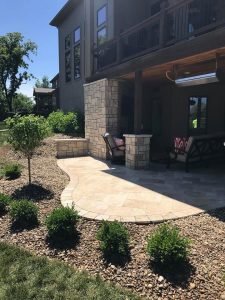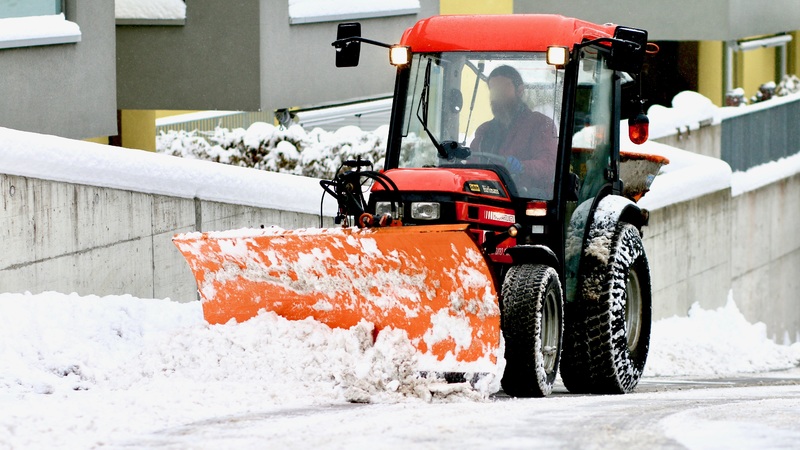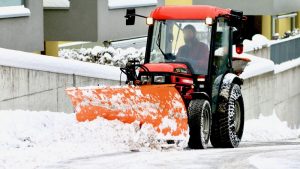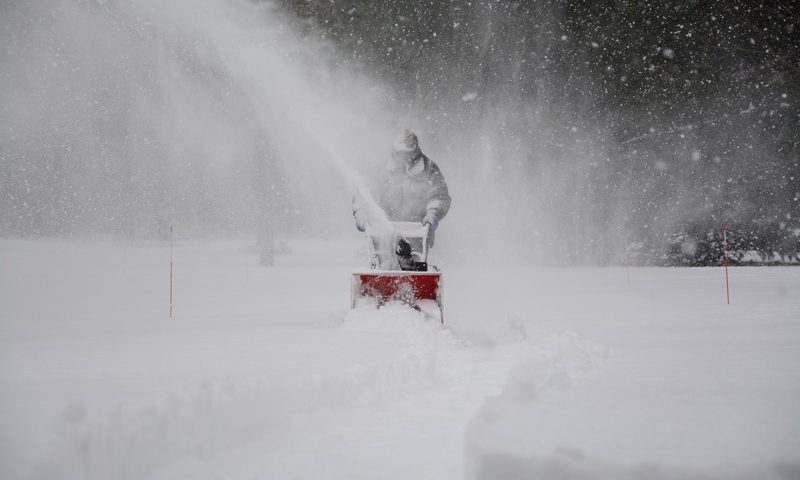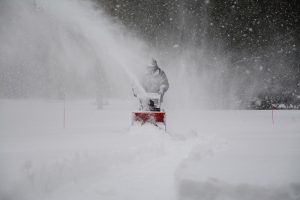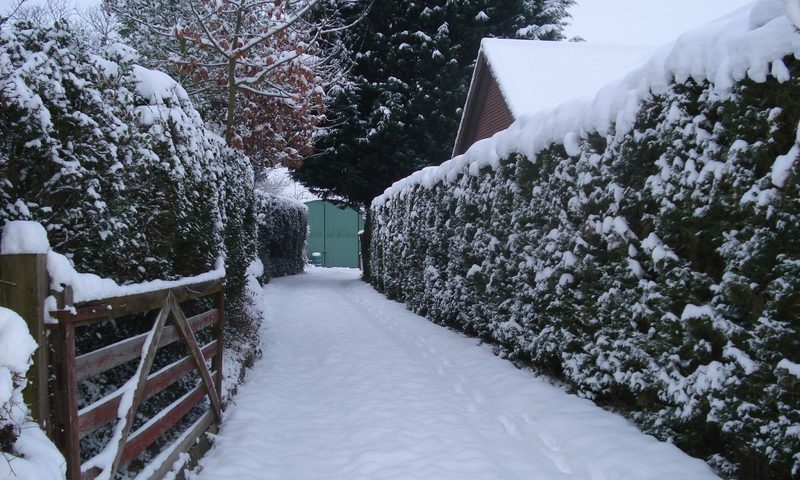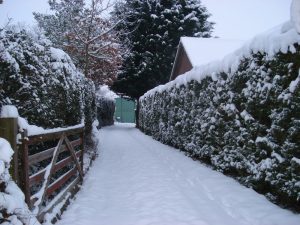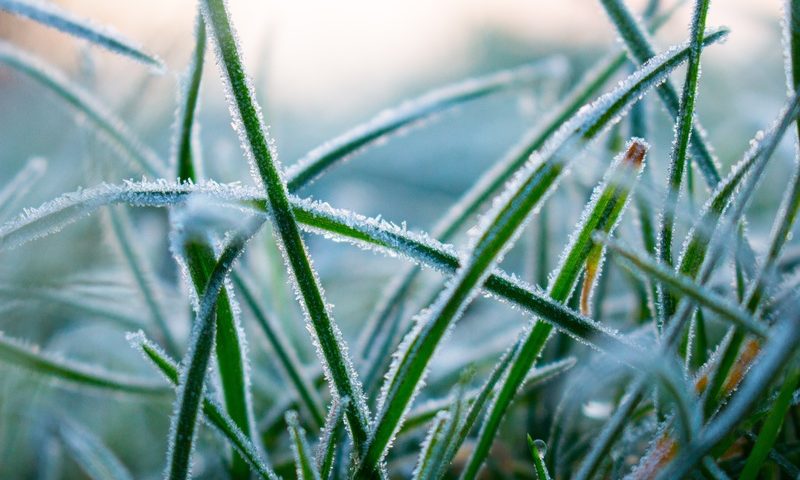
Thinking of investing in retaining walls as part of your landscape design? There are great reasons to do so. Read on to learn more.
Key Benefit #1: Adding Retaining Walls Boosts Your Home Value
When a retaining wall is planned and built properly it can increase the resale value of your home. This is especially true when the retaining wall both complements the aesthetic of your landscape and is built to best suit the slope and conditions of your yard.
Part of this equation is curb appeal. Some of the functional reasons for installing a retaining wall (like preventing soil erosion) create eyesores. Building a retaining wall can be both functional (i.e. it solves or alleviates the problem at hand) and beautiful. Working with a local landscape professional can add further value because when built correctly, retaining walls last a long time and require little maintenance.
Key Benefit #2: Adding a Retaining Wall Protects Your Land
One of the main functions of a retaining wall is to prevent soil erosion. Erosion is what happens when soil is washed away. This most often happens because of a combination of factors including the slope of your land, stormwater, and runoff patterns.
Installing a retaining wall provides a barrier and can stop soil erosion. It can also stem the flow of runoff water to places that might be detrimental, such as your home’s foundation. By stopping and diverting excess water in this way, you can better preserve your land while helping it look beautiful, too.
Key Benefit #3: Adding a Retaining Wall Is (Almost) Maintenance Free
Unlike planting a variety of perennials and annuals to add color and interest to your landscape, installing a retaining wall requires very little maintenance once the project is complete. Effort needed to maintain your retaining wall will likely vary depending on which material you choose. For example, wood likely won’t last as long as stone.
Another point to consider when determining necessary maintenance is size. Ongoing care can be different for a smaller, garden-size wall than for a larger, lot-sized wall. Other considerations include the grade or slope of your land, soil type, climate, and how much rainfall is typical in your area.
Bonus Benefit: Adding a Retaining Wall Can Be a Gorgeous Design Feature
Think about it: a retaining wall can add visual impact to a space that few other elements can. This is because of size, of course, but also because a well-planned, well-built wall will suit your design style. When you use a retaining wall as a decorative element, you can leverage its inherent elements to add different nuances to your space. Think of the height, color, and texture, a retaining wall can add to your landscape. This is especially true of tiered walls that allow for additional planting opportunities.
Ready to explore the idea of building a retaining wall (or walls) on your property? If so, we’d love to share our expertise with you. Contact us to learn more.


